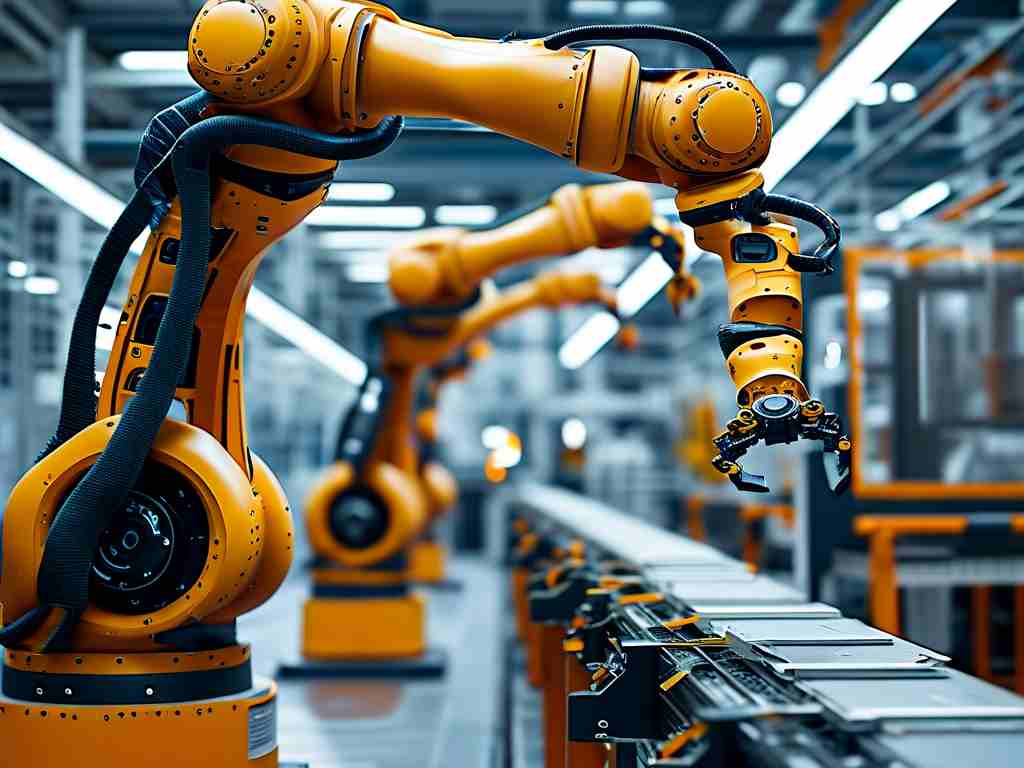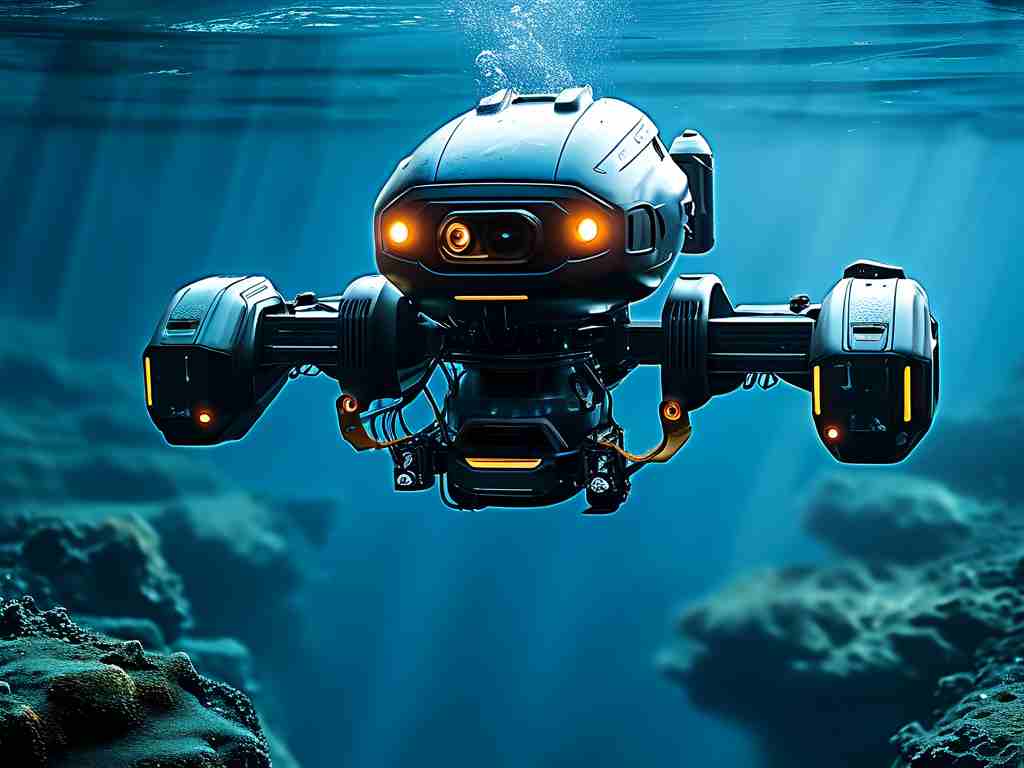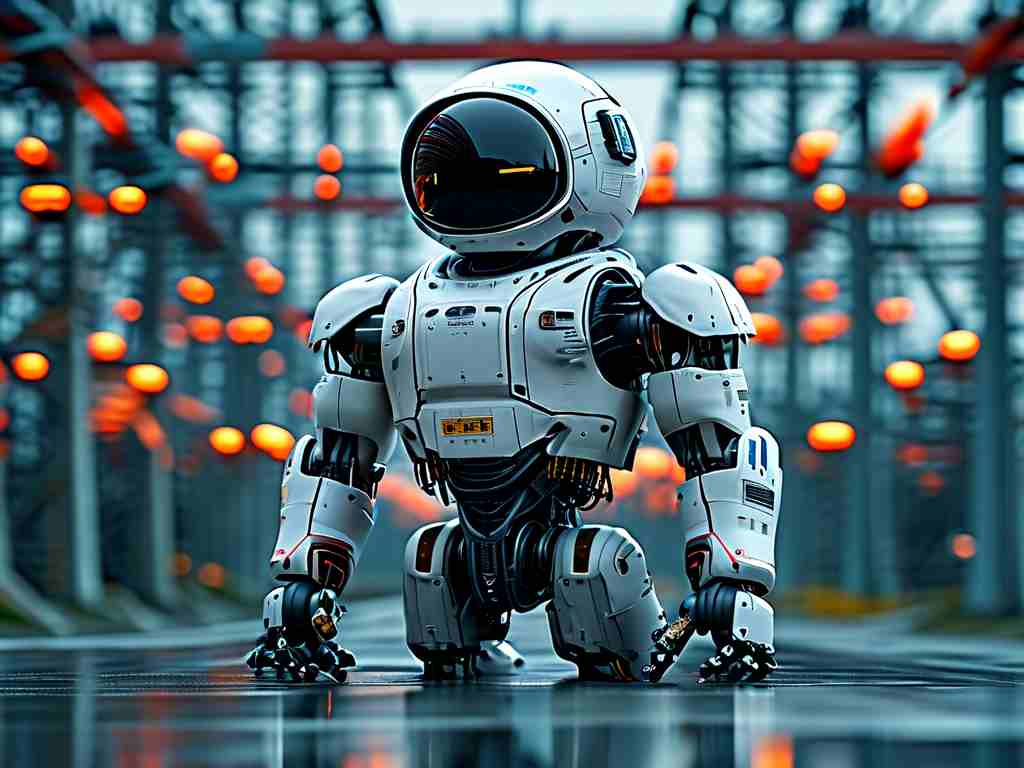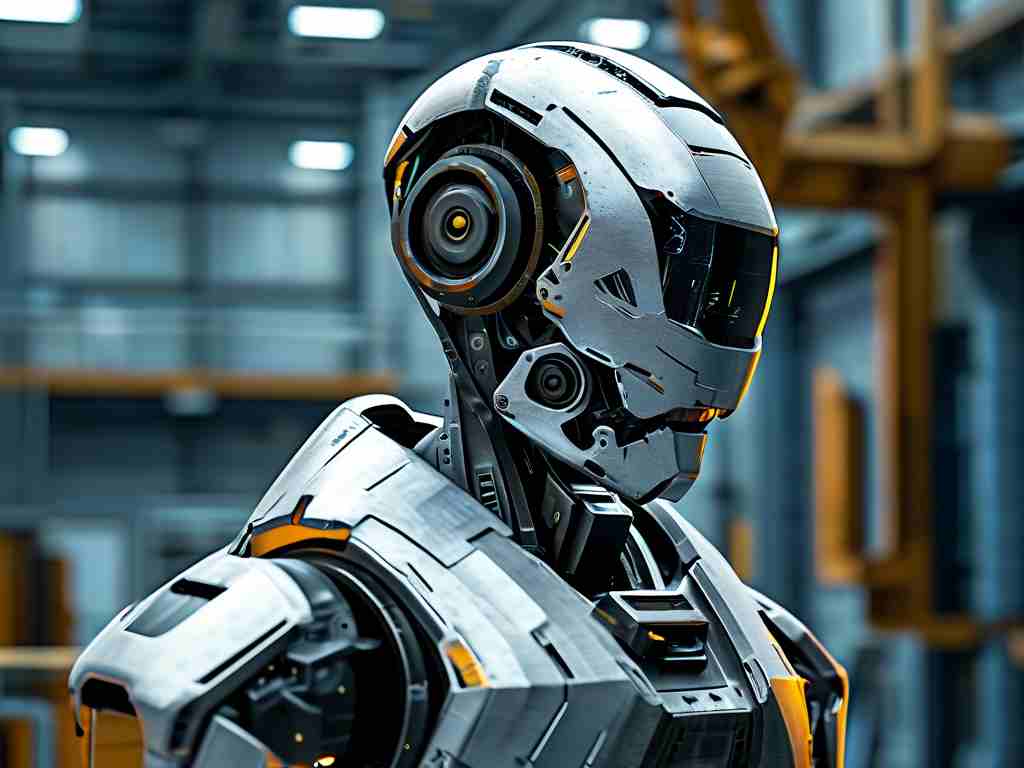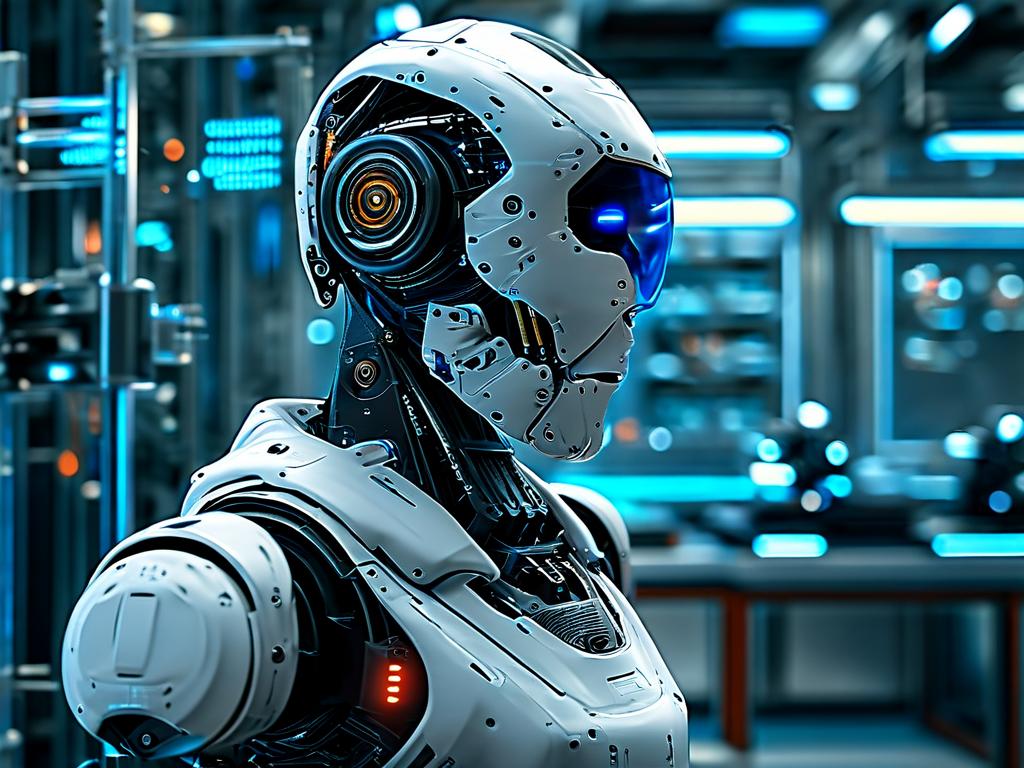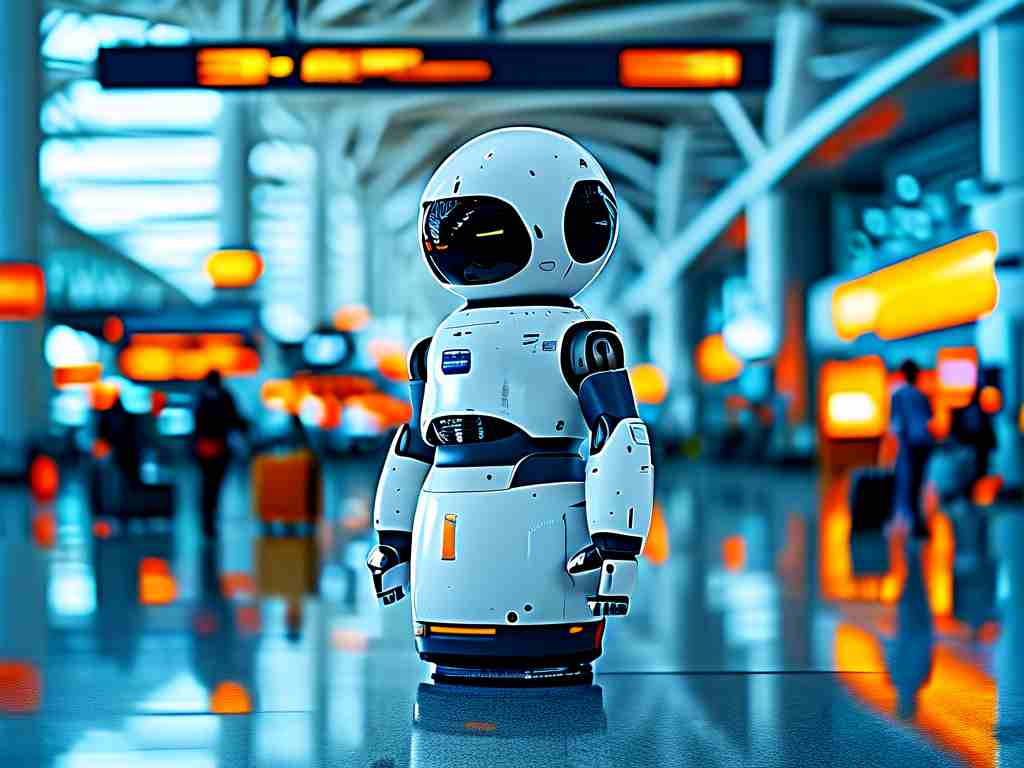The ability to stand upright and maintain balance is a cornerstone of humanoid robotics, enabling machines to interact dynamically with human environments. Unlike stationary industrial robots, humanoid systems must navigate unpredictable terrain, respond to external forces, and perform tasks requiring bipedal stability. This article explores the core concepts behind humanoid robot standing technology, highlighting recent advancements and the challenges engineers face in replicating human-like balance.
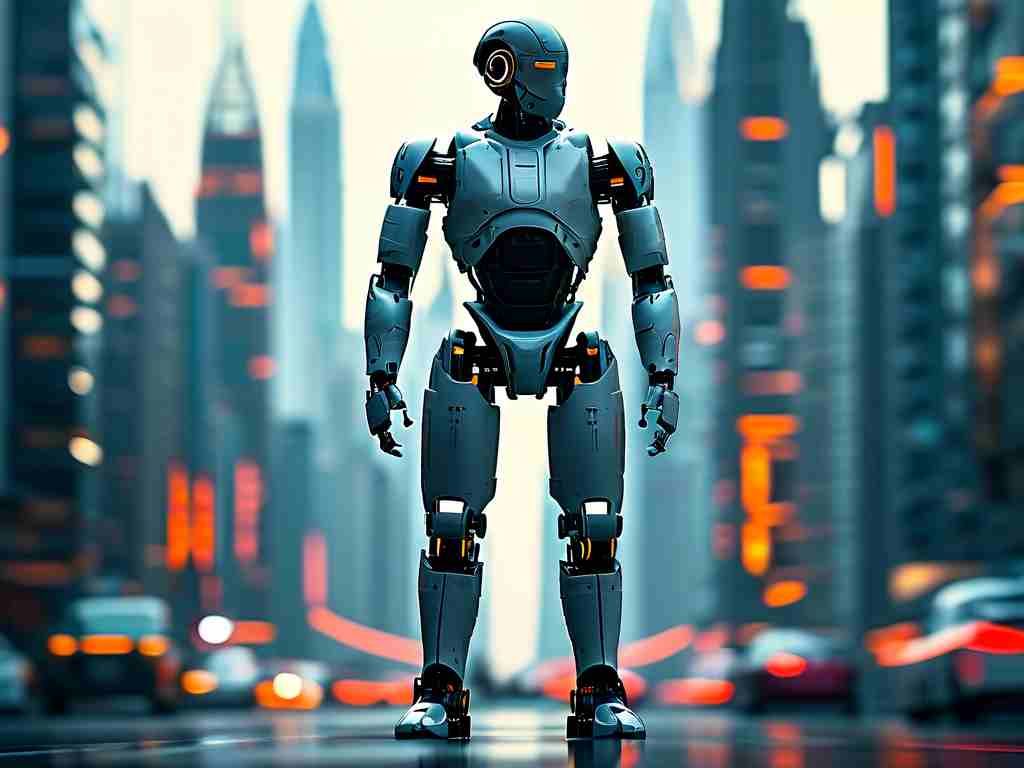
Biomechanical Foundations and Dynamic Equilibrium
Humanoid standing technology draws inspiration from human biomechanics. The human body maintains balance through a complex interplay of sensory feedback, muscle coordination, and skeletal alignment. Similarly, robots rely on inertial measurement units (IMUs), force-sensitive resistors (FSRs), and gyroscopes to mimic proprioception. For instance, pressure sensors embedded in robotic feet detect ground contact patterns, while accelerometers track shifts in center of mass (CoM). Advanced algorithms process this data in real time, adjusting joint torque and posture to prevent falls.
A critical innovation in this domain is the Zero Moment Point (ZMP) theory, which calculates the point where ground reaction forces balance gravitational and inertial forces. By keeping the ZMP within the support polygon—the area bounded by the robot’s feet—engineers ensure stability during static poses. However, real-world scenarios often demand dynamic adjustments, such as recovering from pushes or stepping over obstacles. Modern systems now integrate predictive control models that anticipate disturbances, enabling preemptive weight shifts rather than reactive corrections.
Sensor Fusion and Adaptive Algorithms
The integration of multimodal sensor data—termed sensor fusion—has revolutionized balance control. Cameras, LiDAR, and time-of-flight sensors provide spatial awareness, while proprioceptive sensors monitor internal joint angles and motor currents. Machine learning frameworks, particularly reinforcement learning, allow robots to adapt to unfamiliar surfaces like gravel or slopes. For example, Boston Dynamics’ Atlas robot employs a model predictive controller (MPC) that recalculates limb trajectories 500 times per second, enabling parkour-like maneuvers.
A breakthrough in this field involves hybrid systems combining traditional control theory with neural networks. While PID controllers manage routine adjustments, deep learning modules handle edge cases, such as balancing on one leg while carrying uneven loads. Researchers at the Honda Research Institute recently demonstrated a self-calibrating algorithm that compensates for worn actuators or mechanical wear, extending operational longevity without manual recalibration.
Energy Efficiency and Actuator Design
Maintaining an upright posture consumes significant energy, especially in battery-powered humanoids. Engineers are rethinking actuator designs to mirror the efficiency of human muscles. Series elastic actuators (SEAs), which store and release kinetic energy like tendons, reduce power consumption during repetitive motions. Toyota’s T-HR3 prototype utilizes SEA-driven joints to achieve fluid standing transitions while cutting energy use by 40% compared to rigid hydraulic systems.
Another emerging solution is passive dynamic walking principles, where mechanical design—not software—enables natural pendulum-like motion. Researchers at the University of Michigan developed a bipedal robot that “falls forward” in a controlled manner, using gravity to propel movement with minimal motor input. This approach, while still experimental, could redefine energy budgets for humanoids in logistics or healthcare.
Challenges and Future Directions
Despite progress, key hurdles remain. Sudden lateral forces—a common scenario in crowded spaces—still challenge even advanced systems. Additionally, miniaturizing sensors without sacrificing accuracy limits deployment in compact consumer robots. Ethical considerations also arise as humanoids operate closer to humans, necessitating fail-safes to prevent collisions during balance loss.
The next frontier lies in biohybrid systems incorporating organic materials. A team at the University of Tokyo recently integrated lab-grown muscle tissue into a robotic skeleton, creating a self-healing structure that mimics biological compliance. While still in early stages, such innovations hint at a future where robots achieve human-level grace and adaptability.
In , humanoid standing technology represents a fusion of mechanics, AI, and biomimicry. As algorithms grow more sophisticated and hardware more resilient, these machines will transition from lab curiosities to indispensable partners in industries ranging from disaster response to elder care. The quest for perfect balance, it seems, is just beginning.


